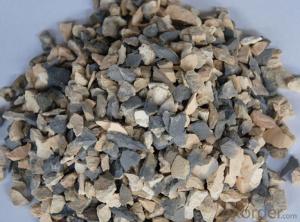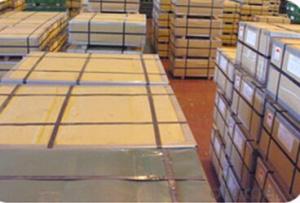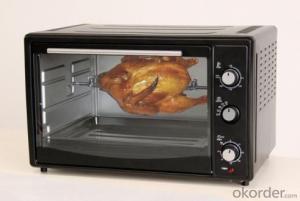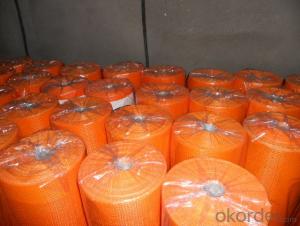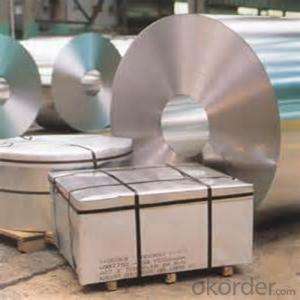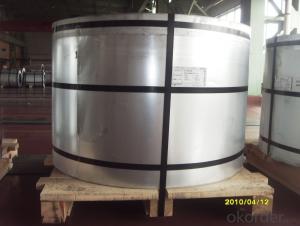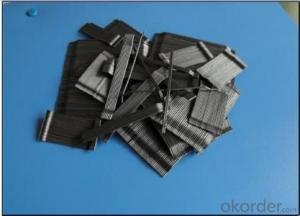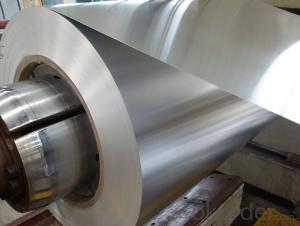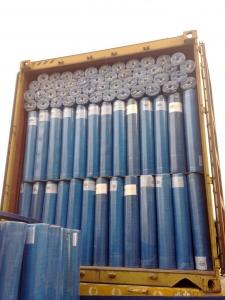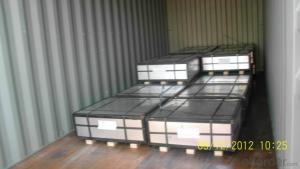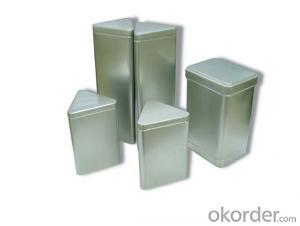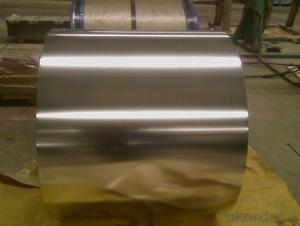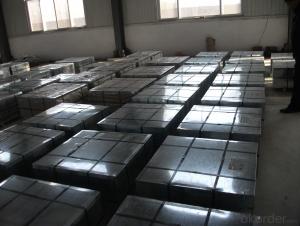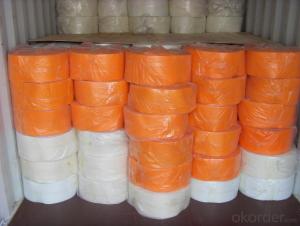Turkey Tinplate
Turkey Tinplate Related Searches
4 By 8 Plastic Sheets Thin Plastic Sheets Flexible Tinplate Coil Quotes Tinplate Iron Clear Plastic Sheets Hard Plastic Sheets 4X8 Lightweight Plastic Sheets Wavy Plastic Sheets White Plywood Sheets Poly Styrene Foam SheetsHot Searches
Tinplate China Tinplate Stock Price Tata Tinplate Price List Tinplate Price Trend Tinplate Nse Share Price Tinplate Price Chart Tinplate Share Price Nse Tata Tinplate Share Price Tinplate Share Price Today Tinplate Share Price Bse Tinplate Price Tinplate Share Price Tinplate Coil Manufacturers Tinplate Sheet Suppliers Food Mixer Sale Tinplate Factory Tinplate Production Tinplate Products Ltd Tinplate Products Tinplate Can ManufacturersTurkey Tinplate Supplier & Manufacturer from China
Okorder.com is a professional Turkey Tinplate supplier & manufacturer, offers integrated one-stop services including real-time quoting and online cargo tracking. We are funded by CNBM Group, a Fortune 500 enterprise and the largest Turkey Tinplate firm in China.Hot Products
FAQ
- One advantage of using tinplate for stationery is its durability. Tinplate is known for its strength and resistance to corrosion, making it highly durable and long-lasting. This ensures that stationery items made from tinplate, such as pencil cases or storage tins, can withstand regular use and maintain their functionality over time. Additionally, tinplate is also a versatile material that can be easily shaped and molded into various designs, allowing for creative and aesthetically pleasing stationery products.
- Yes, tinplate can be used for luxury packaging. It offers a premium and elegant appearance, durability, and protection for high-end products. Additionally, tinplate can be customized with various finishes, embossing, and printing techniques to create luxurious and visually appealing packaging designs.
- Tinplate is made by coating thin sheets of steel with a layer of tin through a process called electroplating. The steel sheets are first cleaned and prepared, then immersed in an electrolyte bath containing tin salts. When an electric current is passed through the bath, tin ions are attracted to the steel, forming a thin layer of tin on the surface. This tin coating enhances the steel's resistance to corrosion and provides a shiny and attractive finish.
- The main regulations governing tinplate recycling vary by country and region. However, some common regulations include proper sorting and separation of tinplate from other materials, ensuring safe handling and storage of tinplate waste, and compliance with environmental standards for recycling processes. Additionally, many jurisdictions require proper labeling and documentation for tinplate recycling facilities and may have specific requirements for the disposal of hazardous waste generated during the recycling process.
- The main challenges in recycling tinplate include separating tinplate from other materials, such as paper or plastic coatings, as well as removing any remaining food or product residues. Additionally, the tin coating on tinplate can pose challenges during the recycling process, as it needs to be separated and recovered for reuse. Finally, ensuring a consistent supply of tinplate for recycling can be a challenge due to fluctuations in consumer demand and collection efforts.
- Tinplate ensures the freshness of pet food by providing a protective barrier that helps to preserve the quality and flavor of the food. It prevents air and moisture from seeping in, thereby minimizing the risk of spoilage and maintaining the nutritional value of the pet food for a longer period of time.
- Yes, tinplate can be used for packaging pharmaceutical products. Tinplate is a type of steel coated with a thin layer of tin, which provides excellent barrier properties against moisture, light, and gases. This makes it suitable for protecting pharmaceutical products from external factors that could potentially compromise their quality and effectiveness. Additionally, tinplate is a durable and cost-effective packaging material that can be easily molded into various shapes and sizes, making it suitable for different pharmaceutical products.
- The main factors influencing the profitability of tinplate manufacturers are the cost of raw materials, such as tin and steel, as well as the price at which the finished tinplate products can be sold. Other factors include production efficiency, economies of scale, competition within the industry, and the overall demand for tinplate in various sectors like packaging, construction, and automotive. Additionally, factors like government regulations, technological advancements, and environmental sustainability practices can also impact the profitability of tinplate manufacturers.






